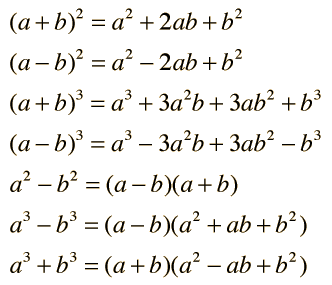The ancient Indian mathematicians knew about the coefficients in the expansions of (x+y)power n . The arrangement of these coefficients was in the form of a diagram called Meru-Prastara, provided by Pingla in his book Chhanda shastra (200B.C.). This triangular arrangement is also found in the work of Chinese mathematician Chu-shi-kie in 1303. The term binongal coefficients was first introduced by the German mathematician, Michael Stipel (1486-1567) in approximately 1544. Bombelli(1572) also gave the coefficients in the expansion of (a+b)power n, for n=1,2..........,7 and oughtred (1631) gave them for n=1,2,......, 10. The arithmetic triangle, popularly known as Pascal's triangle and similar to the Meru-Prastara of Pingla was constructed by the French mathematician Blaise Pascal (1623-1662) in 1665.
The present form of the binongal theorem for integral values of n appeared in
Trate du triange arithmetic, written by Pascal and published posthumously in 1665....




No comments:
Post a Comment